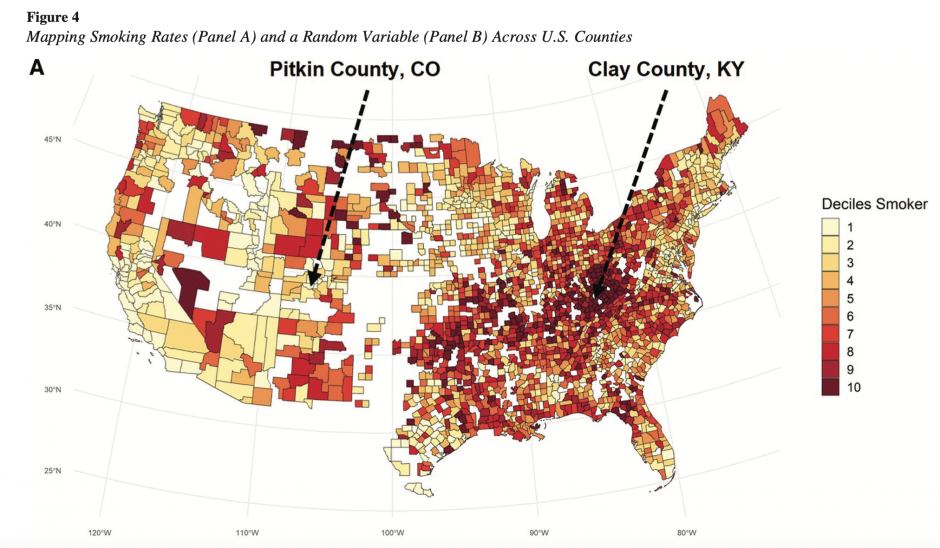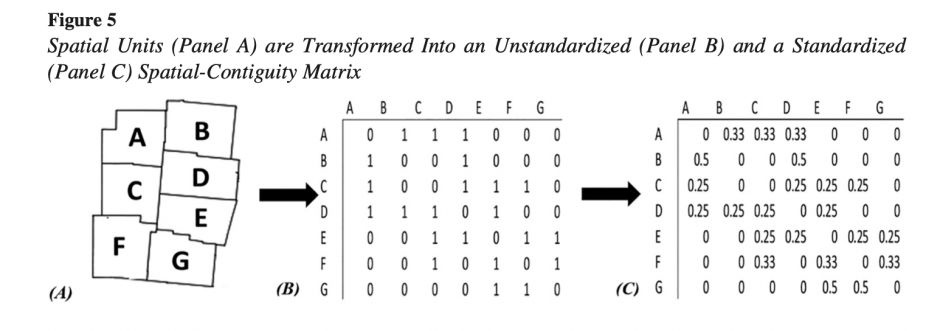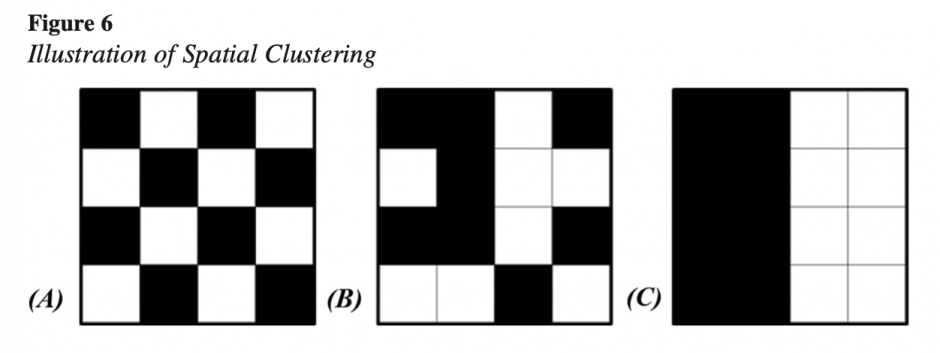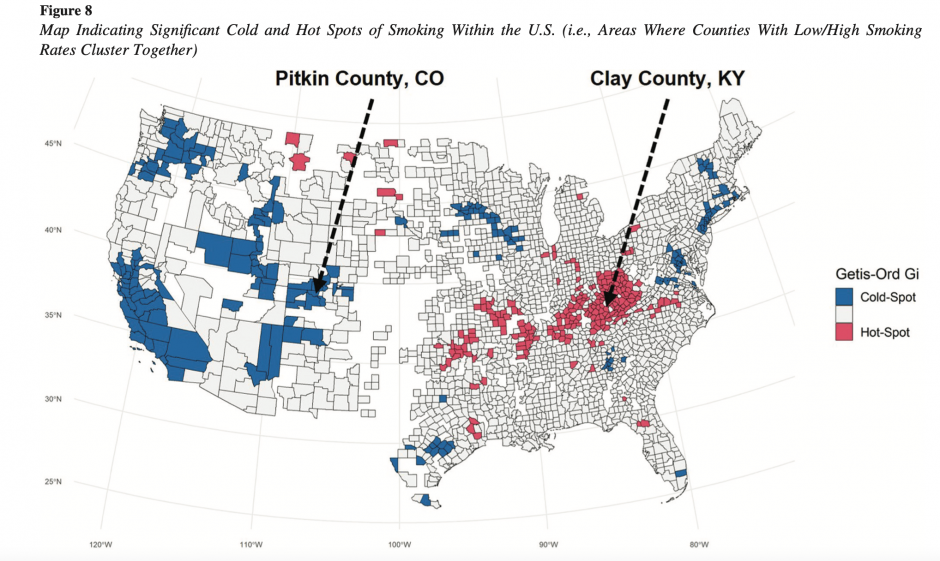Ebert, T., Götz, F. M., Mewes, L., & Rentfrow, P. J. (2022). Spatial analysis for psychologists: How to use individual-level data for research at the geographically aggregated level. Psychological Methods. https://doi.org/10.1037/met0000493
(shared first authorship between Ebert, Götz, and Mewes)

Psychological characteristics are unequally distributed across space. In recent years, psychologist have become increasingly interested in revealing the geo-psychological differences and relating them to consequential real-world outcomes. These studies at the geographically aggregate level are important as they offer some unique advantages. For example, aggregate-level studies enable researchers to link psychological variables to behavioral outcomes that are difficult (or impossible) to collect at the individual level. However, studies at the geographically aggregate level also come with unique methodological challenges. Specifically, doing research with spatial data confronts psychologists with data formats (e.g., geographical shapefiles), measures (e.g., to quantify geographical clustering), and statistical problems (e.g., spatial auto- correlation) that are not part of their conventional training. To bridge the gap, this paper seeks to provide psychologists with a ready-to-use and cost-free toolkit to successfully use spatial methods in their work. It provides a step-by-step tutorial that walks the reader through the entire process of a geopsychological research project. This process spans from the spatial aggregation of individual-level data to producing informative maps and performing spatial regression models. To demonstrate how to implement each step, the paper uses real, open-access data and provide full analysis code in R.


